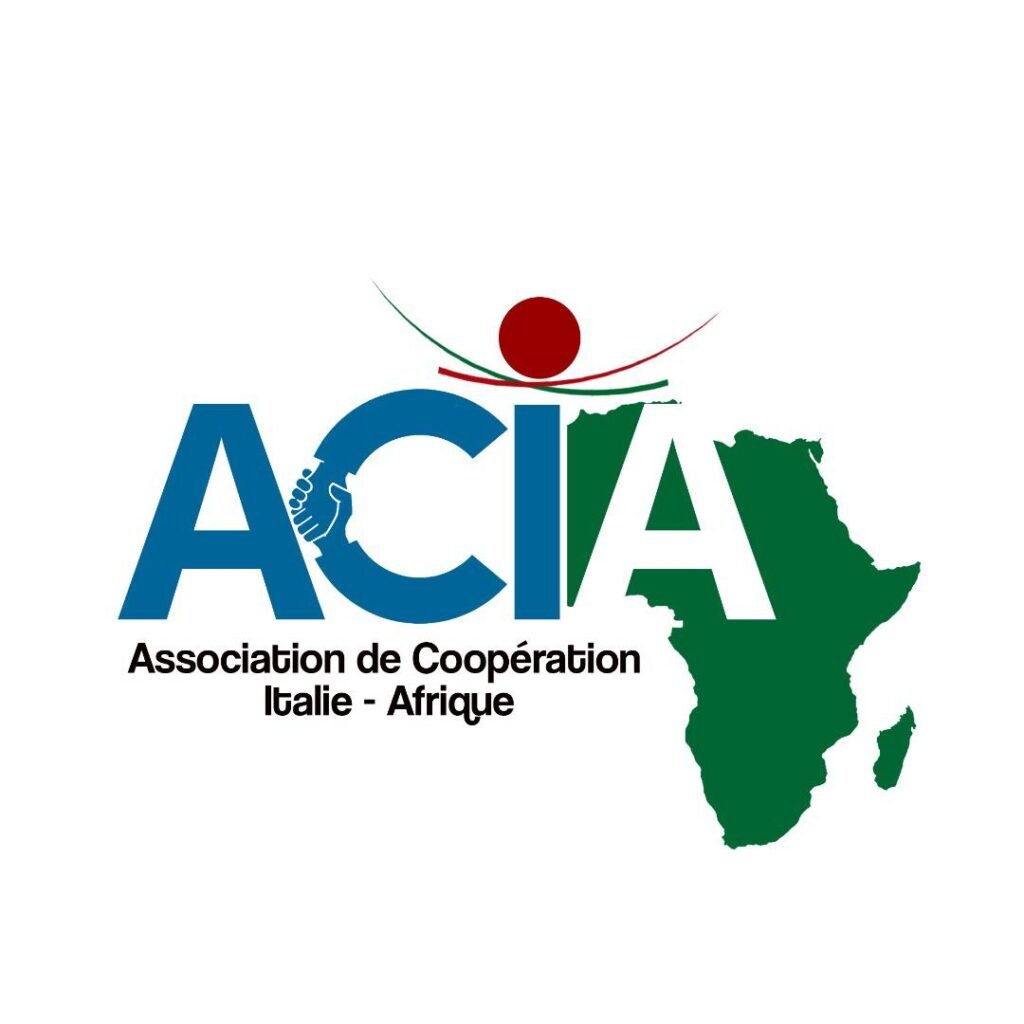Pietro Savorgnan di Brazzà was an outstanding Italian explorer, active in Central Africa during the 20th century.
Born in Senegal on 14 September 1905, Brazzà is known for his exploratory enterprises and missions to Africa, where he contributed significantly to the development of geographical and cultural knowledge of the continent.
Brazzà was an eclectic explorerwho has conducted missions in several regions of Central Africa, including Congo, Gabon, and the Democratic Republic of Congo.
He worked for the Italian exploration agency, and participated in several expeditions to map unexplored lands and collect scientific data.
One of his most important contributions was the discovery of the Congo River, which he helped map and study. He also participated in the Italian expedition to Africa, led by General Luigi Amedeo di Savoia, Duke of the Abruzzi, which reached Lake Tanganyika in 1906.
Brazzà was also passionate about African history and culture, and wrote several books and articles on these topics.
His most famous work is 'Racamambo, the best commander'Brazzà was a brave and determined explorer, who faced many challenges and risks during his missions.
His dedication to the study and exploration of Central Africa earned him the respect and admiration of his contemporaries.
His work and exploratory endeavours still remain an important contribution to the history of Italian exploration in Africa.
What were Pietro Savorgnan di Brazzà's main contributions to the exploration of Central Africa
Pietro Savorgnan di Brazzà was an Italian naturalised French explorer, known for his exploits in Central Africa. His main contributions to the exploration of Central Africa were:
- Mapping the Congo RiverBrazzà conducted explorations in the Congo River basin, contributing significantly to the mapping of the river and surrounding lands.
- Acquisition of French possession of the Congo: Thanks to his agreements with several chiefs of the Lower Congo, Brazzà secured for France the possession of a vast territory that today comprises the Republic of Congo and Gabon.
- Congo Governorate: Brazzà was appointed commissioner general for French Equatorial Africa and then governor of Congo, helping to establish the French presence in the region.
- Non-violent explorationBrazzà is known to have used non-violent methods during his explorations, distinguishing himself from other explorers of the time who often used force to get what they wanted.
- Posthumous acknowledgementsBrazzà was honoured posthumously with the dedication of a university, a main street and a high school in the city of Brazzaville, capital of the Republic of Congo. Furthermore, in 2006, France and Congo paid solemn tribute to the explorer.
These contributions left a significant imprint on the history of Central African exploration and the French colonisation of the continent.
What were the differences between Savorgnan di Brazzà's explorations and those of Henry Morton Stanley?
The main differences between the explorations of Pietro Savorgnan di Brazzà and those of Henry Morton Stanley in Central Africa are:
- Methods of exploration:
- Objectives:
- Results:
In summary, Brazzà and Stanley represented two diametrically opposed approaches to the exploration and colonisation of Central Africa, with Brazzà distinguished for his humanitarianism and his rejection of colonial exploitation.
How were Savorgnan di Brazzà and Stanley perceived by African locals?
The African locals had different perceptions of Savorgnan di Brazzà and Stanley:
- Savorgnan di Brazzà:
- He was known for his non-violent methods and his revulsion towards colonial exploitation. This earned him the esteem and trust of the local populations, as demonstrated by his ability to convince the chiefs of the Lower Congo to grant him possession of a vast territory.
- He was welcomed by local chiefs, such as King Makoko of the Bateke, who asked him to protect his kingdom and mediate peace between the different tribes.
- Henry Morton Stanley:
- He was known for his brutality and determination to conquer African lands. This earned him a reputation as a 'rock-breaker' and 'Boula Matari' (head-breaker)..
- He was seen as an invader and oppressor by the local populations, who feared his violence and his ability to destroy villages and kill natives who opposed his plans.
Savorgnan di Brazzà was seen as a gentle and humane explorer which sought to protect and civilise the local populations, while Stanley was seen as a brutal and violent conqueror opposed to African cultures






